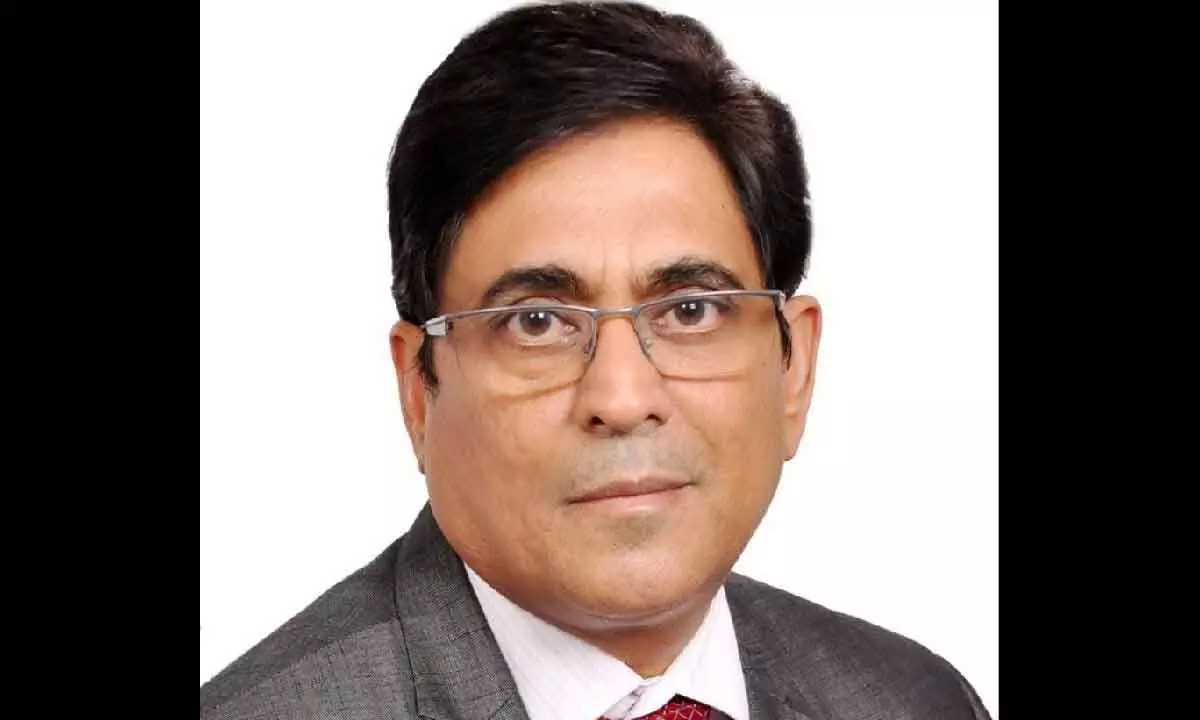Periodical structural changes have added robustness to ARCs
The platform is serving as a holistic one-stop solution provider for all stressed loans
image for illustrative purpose

ARCs must continue to align the business strategies in light of the evolving stressed assets opportunity in the Indian market. This is important to strengthen their market position, with other alternatives in stressed assets markets likely to emerge over the medium term
Asset Reconstruction Companies (ARCs), since their inception in 2003, have gone through many structural changes. In keeping with the evolving regulations and changing business models, the need of the hour is realignment of business strategies, says a joint study by CRISIL-ASSOCHAM.
Revised regulatory guidelines around improved governance norms, better disclosures, reducing funding requirement for asset acquisition, increase in net owned funds (NOF) and the option to participate as a resolution applicant under the IBC are all expected to structurally fortify the sector.
Talking to Bizz Buzz, Hari Hara Mishra, CEO, Association of ARCs in India, says, “ARC sector has gone through several cycles in the last two decades. They now have a robust platform that serves as a holistic one-stop solution provider for all stressed loans.”
Focus on finding right co-investor for funding support and strict adherence to compliances are necessary for sustainable growth of the sector, he said.
Growth is expected to moderate to 8-9 per cent this fiscal from 17 per cent last fiscal. It is likely to further moderate to 5-6 per cent next fiscal due to the cyclically low GNPAs in banks and NBFCs. Despite the reduced GNPAs, there are opportunities for the ARC sector, including expected increase in the proportion of retail acquisition.
Moreover, increasing contribution from the national ARC — National Asset Reconstruction Company Ltd (NARCL) — may support growth and enable faster debt aggregation of long-stuck assets.
Capital requirement for investing in SRs was a bottleneck in the past. The revision in the minimum investment in SRs has helped to free up 80-85 per cent of funds for cash transactions (which involve no participation of the selling entity). Lenders’ expectation of upfront exit has also fuelled increase in cash transactions. The rising share of cash transactions, with a strategic focus on the retail sector, will drive focus on execution through a partnership model in investment.
The cumulative redemption rate has been on an increasing trajectory, supported by faster settlement/restructuring due to the deterrent effect of the IBC, increased share of cash deals, higher exposure to retail loans, and better recovery in recent acquisitions due to lower vintage with better-quality assets. This is reflected in the portfolio rated by CRISIL Ratings, where the cumulative recovery rate is expected to increase from 38% in fiscal 2023 to 55-60 per cent by fiscal 2025. Lastly, IBC has improved the credit culture over the seven years since its inception by resolving a considerable amount of stressed assets and achieving better recovery rates than other mechanisms.
However, there is still room for strengthening the credit resolution framework.
Amidst all this, ARCs must continue to align the business strategies in light of the evolving stressed assets opportunity in the Indian market. This is important to strengthen their market position, with other alternatives (such as proposed amendments to Special Situation Funds and Securitisation of Stressed Assets Framework) in stressed assets markets likely to emerge over the medium term. Success on this front will remain critical for the long-term sustainable growth of the ARC sector.
Opportunities in the Indian stressed assets market are intrinsically linked to the asset quality of banks and NBFCs, including housing finance companies. The significant growth in the AUM of ARCs in the past came during a period of sharp rise in NPAs in the banking sector, especially in the corporate segment — GNPAs of banks peaked at 11.2% as on March 31, 2018.
For NBFCs, asset quality in the real estate financing book started displaying signs of stress starting fiscal 2019. Presently, the asset quality of the financial sector is at its healthiest.
For banks, GNPAs are expected to touch a decadal low of three per cent this fiscal, riding on the post-pandemic economic recovery and higher credit growth. This follows significant clean-up of books by banks in recent years, as well as strengthened risk management and underwriting, which has led to higher preference for borrowers with better credit profiles. Asset quality for NBFCs too has shown an improvement across segments and the fundamentals are expected to hold with higher economic activity. Overall, the sharp reduction in NPAs indicates that opportunity for ARCs – especially in corporate loans – is perhaps at a cyclical low. That said, retail assets, which have garnered more interest from ARCs in the past couple of years, continue to offer a meaningful opportunity. As do loans to micro, small and medium enterprises (MSMEs).

